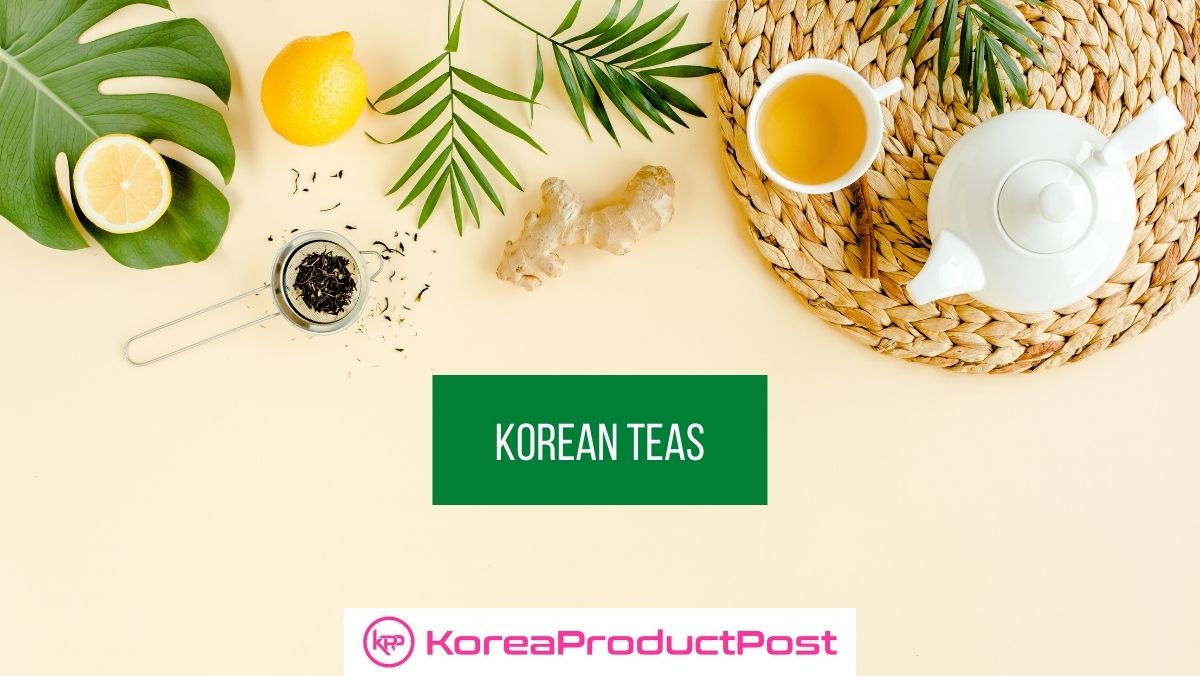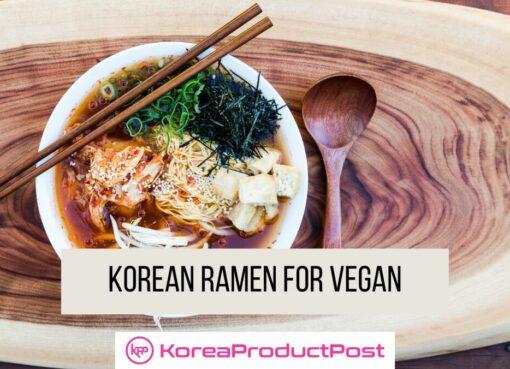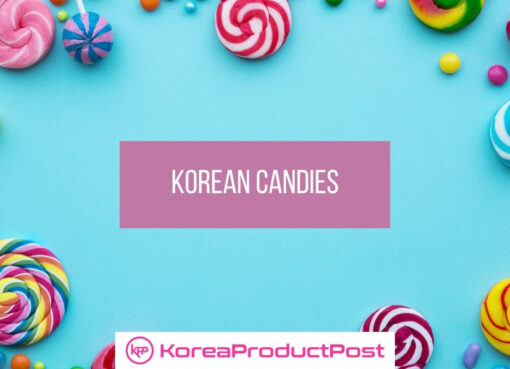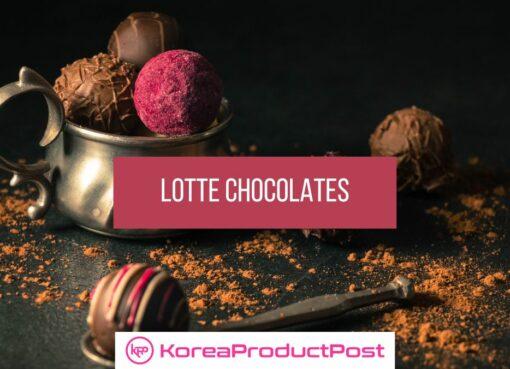Although Korea isn’t world-famous for its tea, it is still an essential part of Korean culture. Serving hot tea to guests is a long-standing tradition in the country. Tea is not a simple drink but an experience.
In the early years (57 BC-AD 935), tea was considered a luxury drink and only royal families could enjoy tea. This tea was sourced from the Buddhist monks in Hadong County who consumed hot drinks with tea leaves. For monks, it was a source of calm and refreshment of the mind. Over the years, it has seen several ups and downs.
Up until the 14th century, it was an essential part of Korean culture, and there was a specific tea ritual where tea was served in a ceremony. Between the 14th to early 16th centuries, tea became unpopular and uncommon. It became a beverage of choice again in the late 16thcentury. Every time it was rejected, it found a home in the Buddhist temples, where the traditions were preserved.
This rise and fall went on for many years, and at present, tea is competing with coffee in popularity. And even though it is not popular amongst the young crowd, Korea still produces some of the best loose-leaf teas.
Also read Korean Beverages You Can Buy from Amazon Other Than Tea and Soju
Korean Tea or ‘Cha’
There are many different Korean teas – leaf tea, flower tea, grain and seed tea, root tea, and fruit tea. Each has a unique flavor and taste and has several health benefits that warm or cool the body. If we go by common names, there are Jujube tea (Deachu-cha), Cinnamon tea (Gyepi-cha), Ginseng tea (Insam-cha), and Green tea (Nok-cha), and many others. These are rich in flavor and taste, but they also have great medicinal properties and health benefits.
Out of all these varieties, there are some local preferences.
Omija-cha – This traditional tea is made from dried magnolia berries, and it has a rich flavor profile. ‘Omija’ means ‘five flavors,’ and this tea perfectly represents that as you can taste the saltiness, sweetness, bitterness, pungency, and sourness.
Yulmu-cha – It is made from powdered Job’s tears and nuts. It has a creamy, mild, and milky texture. This is a perfect tea for the winter mornings when you don’t have time to eat breakfast.
Yuja-cha – It is also known as yuzu tea made from Yuja marmalade. Its sweet and sour flavor is a perfect remedy for cold. It is packed with vitamin C and can be served hot or cold.
Bori-cha – This tea is made from roasted barley and is more commonly known as Barley tea. Its slight bitterness goes well with its deep-roasted flavor. You can have it hot or cold as it tastes good either way. In many Korean households and restaurants, it acts as a substitute for water.
Korean Traditional Tea Ceremony or ‘Darye’
Drinking tea is not a simple act, but it is an experience involving all your five senses. It is a thousand-year tradition to bring peace to your mind and help you with meditating. The traditional tea ceremony is called ‘Darye,’ which literally translates to ‘etiquette for tea.’ The tea is served in traditional pottery made in kilns using porcelain, like Goryeo Celadon porcelain, which was famous in Korea’s Goryeo Dynasty (918-1392).

There are three different types of Korean tea ceremonies – Royal Darye, Seonbi Darye, and Friends Darye. As the name suggests, the Royal Darye is for kings, and it lasts for about 8 hours. The Seonbi Darye is for Korean Confucian scholars. The last type of tea ceremony, Friends Darye, is most common and resembles the casual afternoon tea of the West.
Our editors independently select all products featured on KoreaProductPost. However, we may earn an affiliate commission when you buy something through our retail links. And as Amazon Associate we earn from qualifying purchases.










Comment here